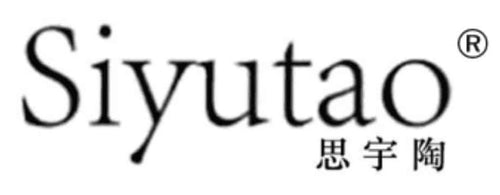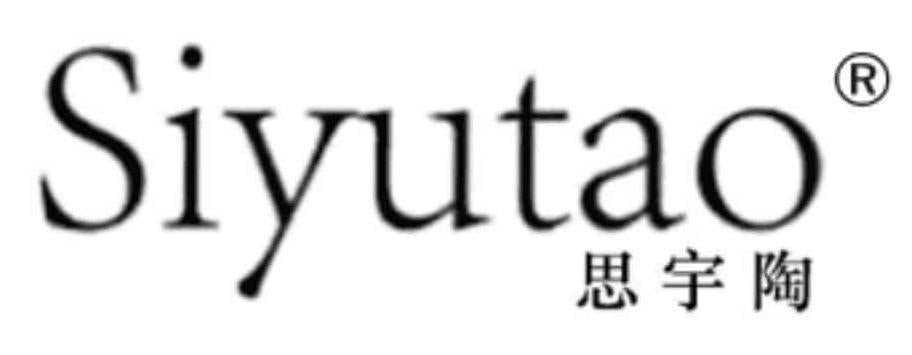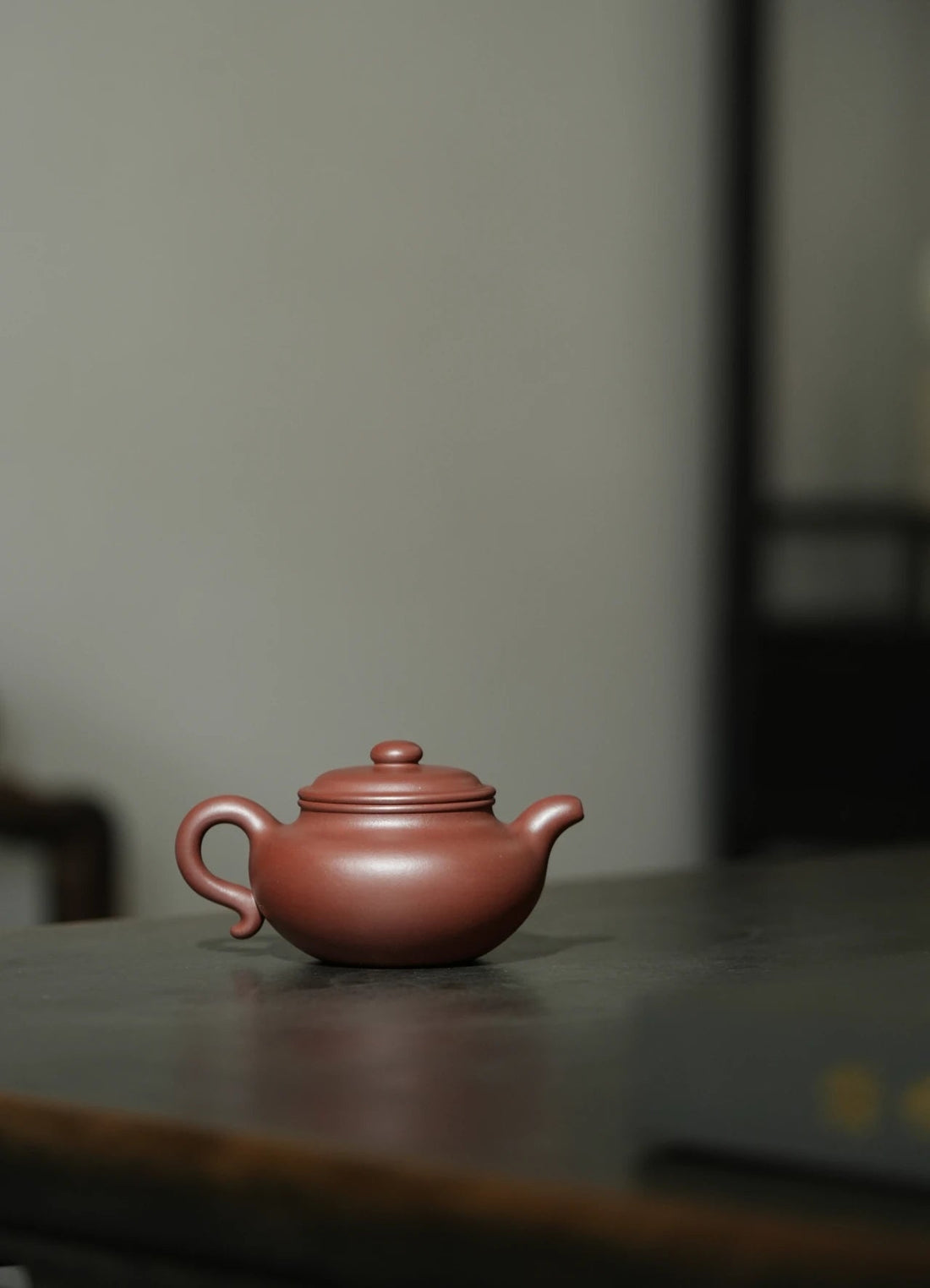Four Iconic Fang Gu Teapots
Chinese Yixing clay teapots are not merely vessels for brewing tea—they are poetic expressions of history, culture, and craftsmanship. Among the myriad styles, archaized teapots (fanggu hu) hold a special place, blending classical aesthetics with artistic innovation. Let’s delve into four legendary archaized teapots that embody the soul of Chinese ceramics.
1. Daheng Fang gu Teapot: The Epitome of Classical Elegance
The Daheng Fang gu Teapot is revered as a masterpiece of perfection. Its form exudes ancient simplicity, balanced proportions, and meticulous structural harmony. Every line flows with restrained grace, evoking the refinement of classical poetry.
A defining feature lies in its handle design: some versions feature an "ear-shaped" embellishment at the base of the handle, adding rhythmic vitality to the teapot’s silhouette. Others omit this detail, emphasizing instead a solemn, unadorned dignity. The Daheng teapot is a testament to the philosophy that true beauty lies in disciplined simplicity.

2. Jingzhou Fang gu Teapot: A Flattened Revolution
Crafted by the legendary potter Gu Jingzhou, this teapot reimagines Daheng’s classic design with a bold twist: flatness. The Jingzhou fang gu Teapot features a flattened body, a rounded belly, and a tall neck, creating a striking visual contrast.
Its lid seamlessly integrates with the rim, forming a smooth, unbroken circle, while the bridge-shaped knob and gracefully curved spout and handle radiate dynamic energy. Compared to Daheng’s version, Jingzhou’s teapot is flatter yet retains an unmistakable aura of uprightness and grandeur. This design exemplifies Gu Jingzhou’s genius—honoring tradition while daring to innovate.

3. Fang gu Ruyi Teapot: A Symphony of Blessings
The fang gu Ruyi Teapot is a celebration of auspicious symbolism. Its body is adorned with four plump, interconnected ruyi cloud patterns, resembling blooming flowers. These "chains of clouds" symbolize prosperity, elevation, and the fulfillment of wishes (ruyi translates to "as you desire").
Unlike the minimalist Daheng and Jingzhou styles, this teapot embraces ornate detailing. The cloud motifs stretch elegantly across the surface, merging artistry with cultural meaning. It serves as a reminder that craftsmanship is not just about form—it’s a language of hope and heritage.

4. Sunflower fang gu Teapot: A Tribute to the Sun
Inspired by the sunflower (or "sun-chasing flower"), this teapot captures the vitality of nature. Its angular, petal-like panels radiate outward like sunbeams, mimicking the sunflower’s geometric bloom. The name kui (葵) not only references the flower but also evokes the plant’s symbolic association with loyalty and optimism.
The Sunflower fang gu Teapot balances sharp edges with soft curves, embodying both strength and grace. As sunlight transforms a sunflower, this design transforms clay into a radiant homage to life’s enduring beauty.

Conclusion: Where Tradition Meets Timelessness
From Daheng’s classical rigor to Jingzhou’s bold flattening, from the Ruyi’s auspicious clouds to the Sunflower’s solar poetry, these teapots transcend functionality. They are vessels of philosophy, history, and human aspiration—each curve and motif whispering stories of artisans who turned earth into art.
In a world obsessed with the new, fang gu teapots remind us that true innovation often begins with reverence for the past. Whether you’re a tea lover or an art enthusiast, these creations invite you to pause, reflect, and savor the beauty of slow craftsmanship.
This is a 205ml boutique fanggu pot in our shop




